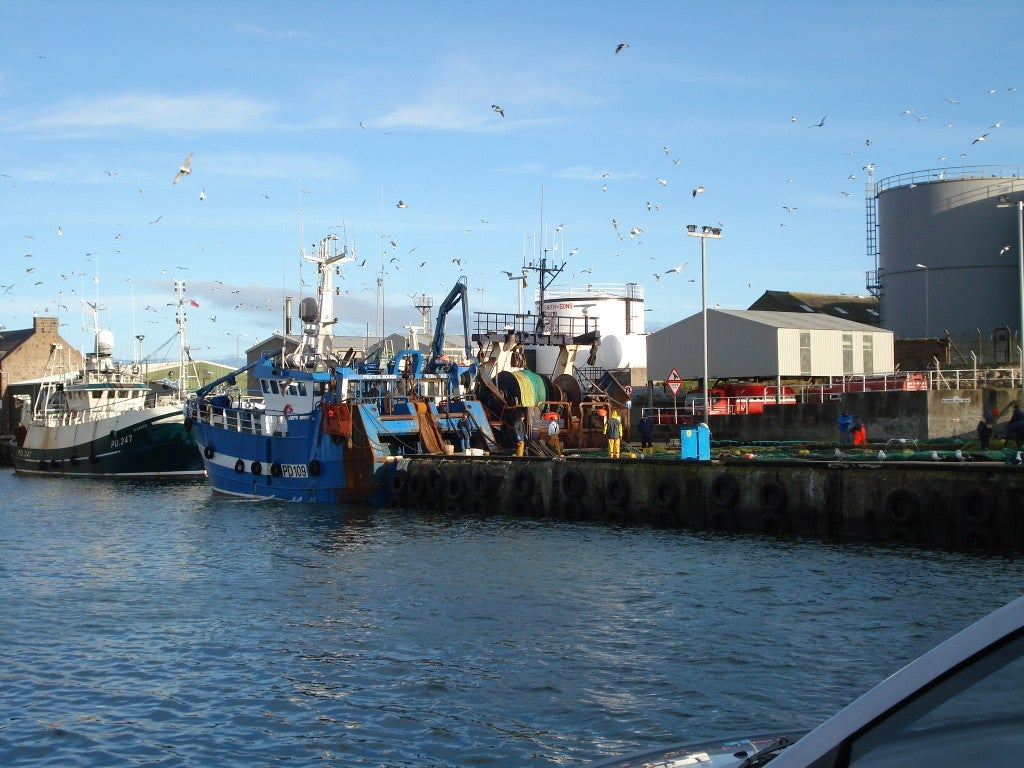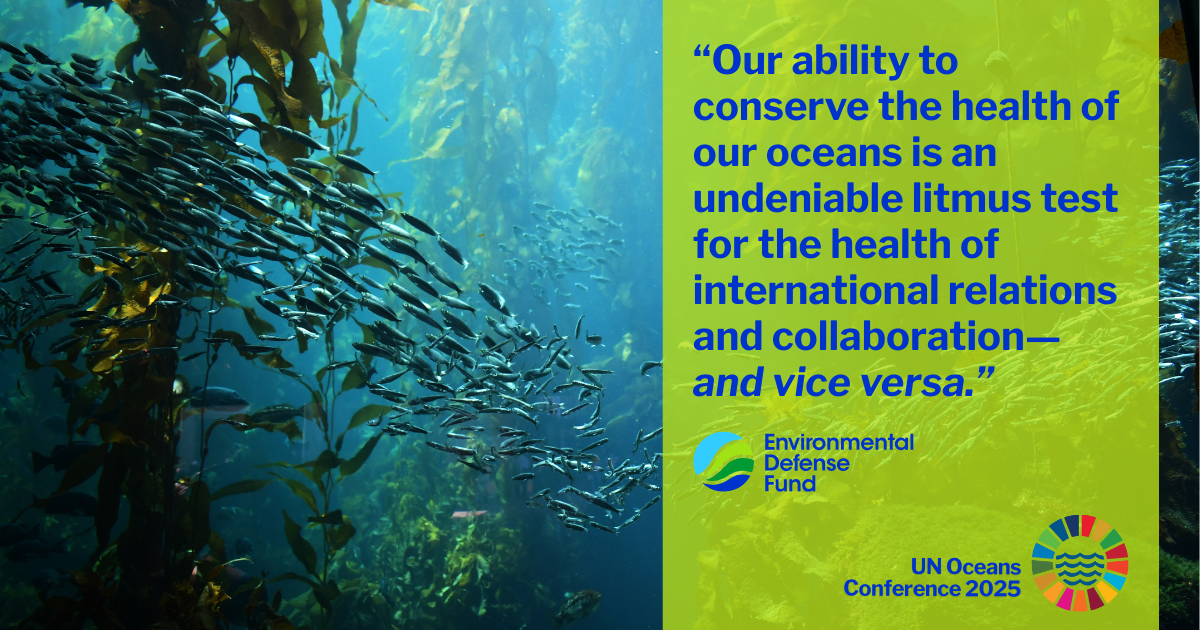A new momentum for North Sea fisheries management

Guest Author: Erik Lindebo, Brussels
The autumn started with a splash. Business resumed in the European Parliament and a new Commission was elected. Scotland and my beloved Sweden settled down after a summer of high political emotions. Meanwhile Europe’s fishermen move closer to the reality of the Common Fisheries Policy (CFP) implementation and its associated challenges – including adapting to the landings obligation, i.e. the phasing out of the common practice of returning unwanted catches back to the sea. It seems we must leave it to Member States, producer organisations, fishermen, and those directly engaged in the fisheries to find their own workable and demonstrable solutions. This should be underpinned by a simplified technical measures framework which encourages non-prescriptive results-based approaches at the regional level.
In recent months I have attended a number of fora focused on creating a new momentum in fisheries management. The main question on the table has been: Can we design and implement a workable multiannual plan for mixed fisheries in the North Sea? At the core of the deliberations are contained debates on how to reach MSY objectives, phase out discards, recover cod stocks, and overcome choke species situations whilst providing socio-economic opportunities for fishermen and fishing dependent communities. So far, even when encouraged to think outside the box to find innovative approaches, the tendency is to revert back to the fishery toolkit of classical input and output controls.
The workload ahead is significant and the stakes are high for many. Full and transparent collaboration between the Scheveningen group, Member States, the North Sea Advisory Council, the fishing sector, the European Commission, and civil society feels vital. There is great support in this direction to ensure a meaningful shift away from centralised management in favour of regionalised and co-management solutions.
The Member States around the North Sea, which make up the so-called Scheveningen group, have worked hard in recent months to formulate appropriate discard reduction plans for fisheries that will be impacted by the landing obligation in 2015. Such plans include which species are involved, application of exemptions and temporal and inter-species flexibilities, and adapted technical rules and control measures.
The European Commission has welcomed these plans and is in the process of adopting them. It is important that they be seen as a work in progress, especially as the challenge of phasing in the “discard ban” to meet the North Sea landing obligations as of 2016 still lies ahead.
North Sea fisheries are notably complex in their management requirements. The infamous cod recovery plan, with its two-pronged regulatory approach of detailed output and input controls, has failed to deliver for fish and fishermen. The dawn of the new CFP and the regionalised possibilities that come with it can put this right. If they do not, oceans and industry alike will suffer the consequences.
With an appropriate and adaptive approach to North Sea fisheries management I think we can productively deliver on the CFP objectives in the coming years. By understanding intricate management challenges and industry incentives we can better adapt the use of the fishery manager’s toolkit and apply new tools where appropriate. We also need to unlock EMFF funds for innovative pilot projects that explore improved gear selectivity and full documentation options, and test the use of smart quota tools; creating active partnerships between fishermen and all possible stakeholders.
Let’s get to work!













One Comment
Let’s hope everyone sticks to the plan. Tight Lines!